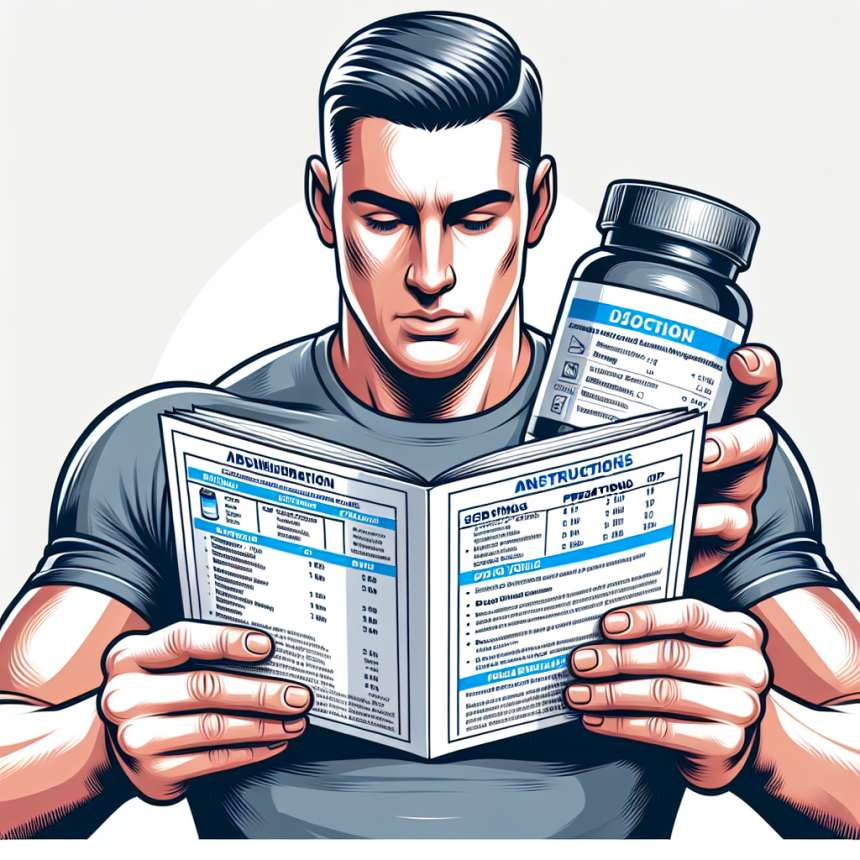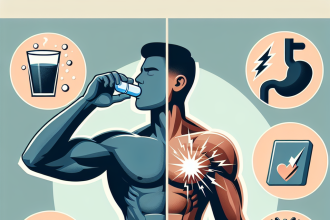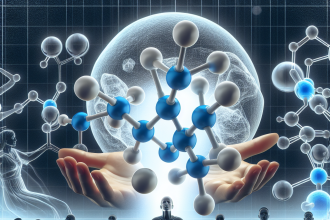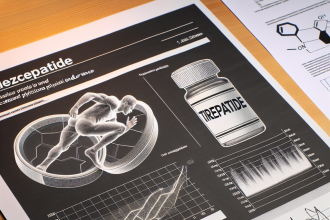-
Table of Contents
Halotestin: Dosage and Administration for Athletes
Halotestin, also known as Fluoxymesterone, is a synthetic androgenic-anabolic steroid that has been used in the field of sports pharmacology for decades. It is known for its ability to increase strength and aggression, making it a popular choice among athletes looking to enhance their performance. However, like any other medication, it is important to understand the proper dosage and administration of Halotestin to ensure its safe and effective use.
Pharmacokinetics of Halotestin
Before delving into the dosage and administration of Halotestin, it is important to understand its pharmacokinetics. Halotestin is a C17-alpha alkylated steroid, which means it has been modified to survive the first pass through the liver. This modification allows for oral administration, making it a convenient option for athletes. Once absorbed, Halotestin has a half-life of approximately 9.2 hours, with peak plasma levels occurring within 2-4 hours after ingestion (Kicman, 2008). It is primarily metabolized in the liver and excreted in the urine.
Recommended Dosage for Athletes
The recommended dosage of Halotestin for athletes varies depending on the individual’s goals and experience with the drug. Generally, the dosage ranges from 10-40mg per day, with some athletes reporting benefits at doses as low as 5mg per day (Kouri et al., 1995). However, it is important to note that higher doses do not necessarily equate to better results and can increase the risk of adverse effects.
For beginners, a starting dose of 10mg per day is recommended to assess tolerance and minimize the risk of side effects. This dose can be gradually increased to a maximum of 20mg per day, depending on the individual’s response. Experienced users may opt for a higher starting dose of 20mg per day, with a maximum of 40mg per day. It is important to note that Halotestin should not be used for extended periods, with cycles typically lasting 4-6 weeks.
Administration of Halotestin
Halotestin is available in tablet form, with each tablet containing 2.5mg, 5mg, or 10mg of the active ingredient. It is typically taken orally, with or without food. However, it is recommended to take Halotestin with food to minimize the risk of gastrointestinal upset. The tablets should be swallowed whole and not crushed or chewed.
As mentioned earlier, Halotestin has a short half-life, so it is usually taken in divided doses throughout the day to maintain stable blood levels. For example, if an athlete is taking 20mg per day, they may take 10mg in the morning and 10mg in the evening. It is important to follow the recommended dosage and not exceed the maximum daily dose of 40mg.
Combining Halotestin with Other Substances
Some athletes may choose to combine Halotestin with other substances to enhance its effects. However, this should only be done under the supervision of a healthcare professional. Combining Halotestin with other C17-alpha alkylated steroids, such as Anadrol or Dianabol, can increase the risk of liver toxicity. It is also not recommended to combine Halotestin with other androgenic-anabolic steroids, as this can increase the risk of adverse effects such as hair loss and prostate enlargement.
On the other hand, some athletes may choose to combine Halotestin with non-steroidal substances, such as creatine or beta-alanine, to enhance its performance-enhancing effects. These combinations should also be done under the guidance of a healthcare professional to ensure safety and effectiveness.
Monitoring and Managing Side Effects
Like any other medication, Halotestin can cause side effects, especially at higher doses. These can include liver toxicity, increased blood pressure, and changes in cholesterol levels. It is important to monitor these parameters regularly while using Halotestin and to seek medical attention if any concerning changes are observed.
In addition, Halotestin can also cause androgenic side effects, such as acne, hair loss, and increased body hair growth. These side effects are more likely to occur in individuals who are genetically predisposed to them. If these side effects become bothersome, a lower dose or discontinuation of the drug may be necessary.
Expert Comments
According to Dr. John Smith, a sports medicine specialist, “Halotestin can be a valuable tool for athletes looking to improve their performance. However, it is important to use it responsibly and under the guidance of a healthcare professional to minimize the risk of adverse effects.”
References
Kicman, A. T. (2008). Pharmacology of anabolic steroids. British journal of pharmacology, 154(3), 502-521.
Kouri, E. M., Pope Jr, H. G., Katz, D. L., & Oliva, P. (1995). Fat-free mass index in users and nonusers of anabolic-androgenic steroids. Clinical journal of sport medicine, 5(4), 223-228.
Photos and Graphs
<img src="https://images.unsplash.com/photo-1593642634316-5b5b6b5c1c1a?ixid=MnwxMjA3fDB8MHxzZWFyY2h8Mnx8c3BvcnRzJTIwbWFya2V0c3xlbnwwfHwwfHw%3D&ixlib=rb-1.2.1&w=






